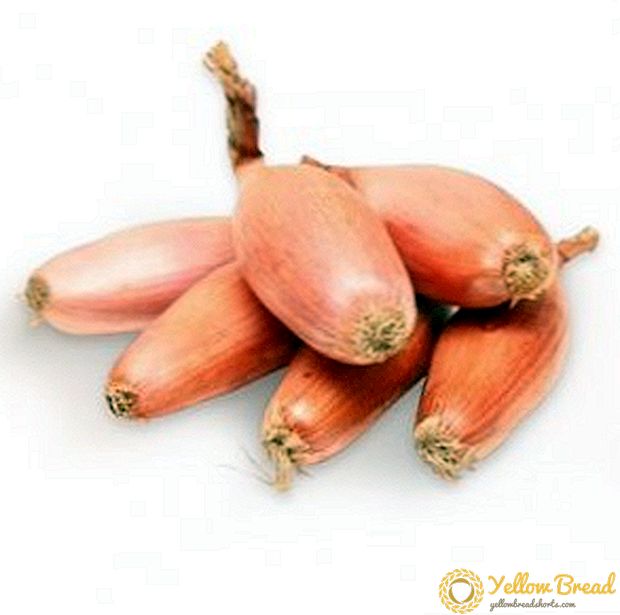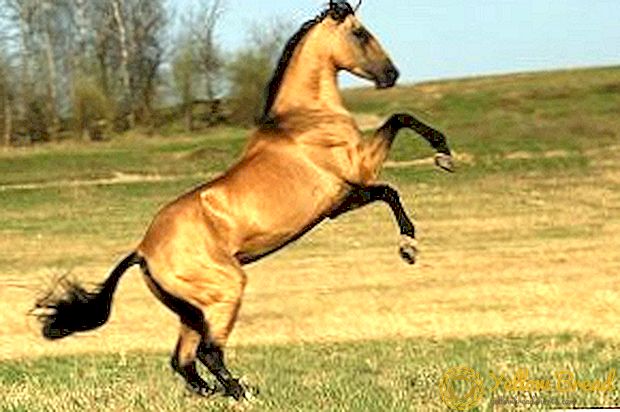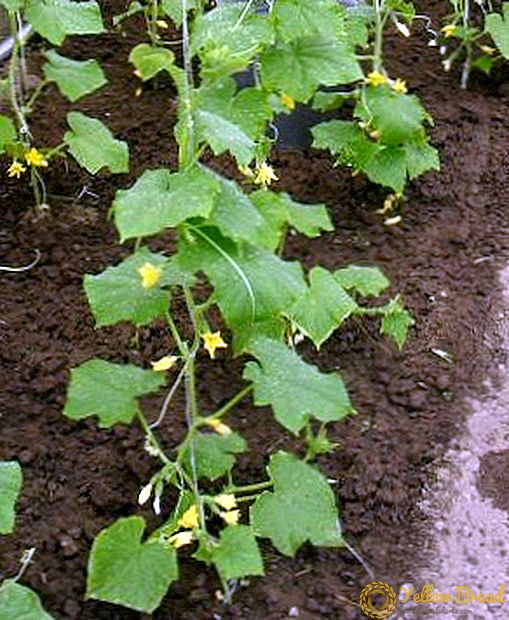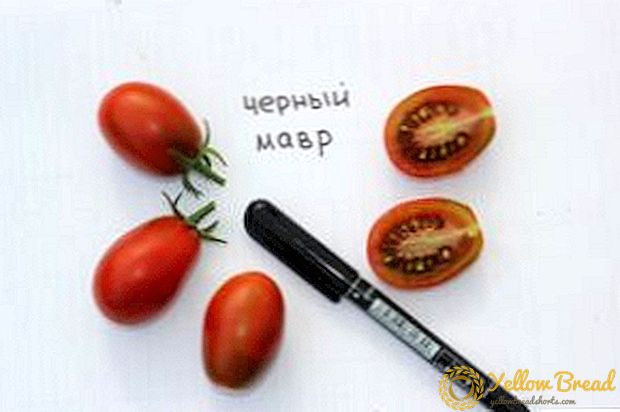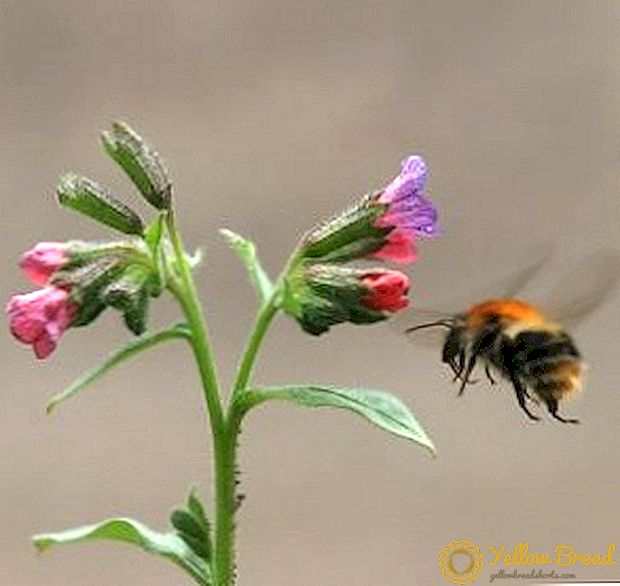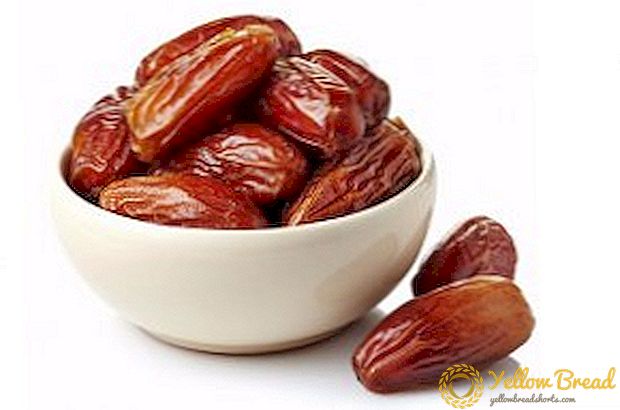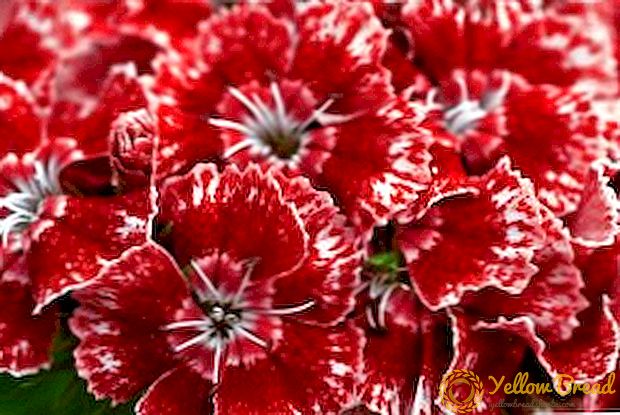 In most of our gardens you can find bright, multicolored, Patterned abundantly blooming flower - Turkish carnation (Dianthus barbatus). Its neat motley bushes look especially impressive on lawn compositions in combination with decorative grass or other types of Turkish carnation itself.
In most of our gardens you can find bright, multicolored, Patterned abundantly blooming flower - Turkish carnation (Dianthus barbatus). Its neat motley bushes look especially impressive on lawn compositions in combination with decorative grass or other types of Turkish carnation itself.
- A bit of Turkish carnation
- Choosing a place to grow Turkish carnation
- Soil preparation before planting
- Sowing seeds of Turkish carnation in open ground
- Combination with other plants
- Care for Turkish Carnation
- Watering, weeding and loosening the soil
- When and how to conduct dressing
- Shelter for the winter
- Diseases and pests of the Turkish carnation
- Breeding of Turkish carnation layers
A bit of Turkish carnation
Turkish carnation has the following description: it is a decorative two-year-old or perennial flower with densely flowering spherical buds of various shades. Petals are tender, are simple or terry. The color of the petals is the most diverse - there are monophonic types, and there are 3-4 shades combining in themselves.The color of the inflorescences is white, pink-white, raspberry-red, white-dark pink, white-gray-pink, white-purple, raspberry-white, red-burgundy, purple-white, maroon black, etc.

Leaves - narrow long lanceolate, with a characteristic green-blue tint. Stem - upright, strong, with a small knotty. The height of the Turkish carnation is short, up to 14-15 cm in height, and tall - 45-55 cm and even up to 65-70 cm in height.
Choosing a place to grow Turkish carnation
The plant is unpretentious and does not require any specific conditions for growing. Turkish carnation is equally suitable for growing in the garden, and in a flower bed or in a large open flower garden. The only thing is that the flower does not like strong sun, and it is recommended to plant it so that in the afternoon the plant is in partial shade. Although in our climate, Turkish carnation grows well and tolerates summer heat and direct sunlight quite well. It is advisable to plant a plant on a certain elevation, on a site where rainwater will not stagnate.
Soil preparation before planting
Turkish carnation is one of the few flowers for which the soil, or rather its composition, does not matter much. But it loves sandy and sandy soils with slightly alkaline or neutral acidity. It is better, of course, if the soil is fertile, and if not - you can additionally fertilize it with organic matter or mineral fertilizers. The main thing is that the soil was well drained and there was no water stagnation. 2-3 weeks before sowing, dig a plot to a depth of 20-25 cm, and then carefully level it. If necessary, fertilizers are applied when digging - these can be either mineral fertilizers or compost, humus, and wood ash.
Sowing seeds of Turkish carnation in open ground
 There are two periods when you can sow Turkish carnation in open ground - early spring and mid-autumn. Before spring planting of seeds, usually it is the middle - end of April, the soil is loosened and moistened. Lay the grooves with a depth of 1-1.5 cm, pour water over the depressions, sow the seeds, sprinkle with earth and pour it from a watering can with a sprayer. Or, they water the seeds themselves in the hole, sprinkle them, but do not water them, but cover them with a thick cloth or film before they start to germinate.The distance between the seeds is 1.5-2 cm, the distance between the rows is at least 13-15 cm.
There are two periods when you can sow Turkish carnation in open ground - early spring and mid-autumn. Before spring planting of seeds, usually it is the middle - end of April, the soil is loosened and moistened. Lay the grooves with a depth of 1-1.5 cm, pour water over the depressions, sow the seeds, sprinkle with earth and pour it from a watering can with a sprayer. Or, they water the seeds themselves in the hole, sprinkle them, but do not water them, but cover them with a thick cloth or film before they start to germinate.The distance between the seeds is 1.5-2 cm, the distance between the rows is at least 13-15 cm.
How to plant Turkish carnation seeds - soak them or not? Before planting seeds for several hours, you can soak in water at room temperature, but you can not do this. If you are still soaked, then, drain the water, you need to slightly dry the seeds with a towel, a napkin, so that they do not stick together when sowing. In winter, the plant is sown in late September - early October.
Autumn crops for the winter, warming, cover with spruce branches, straw, hay, which are removed in the spring.
Combination with other plants
 Turkish carnation is combined with almost all perennial unpretentious flowers and herbs. Suitable for alpine slides, street pots, creating complex multicolor compositions in gardens and flower beds, decorating verandas and balconies. Looks great in a bouquet and is often used as a flower for a vase.
Turkish carnation is combined with almost all perennial unpretentious flowers and herbs. Suitable for alpine slides, street pots, creating complex multicolor compositions in gardens and flower beds, decorating verandas and balconies. Looks great in a bouquet and is often used as a flower for a vase.
Care for Turkish Carnation
Turkish carnation is not capricious, hardy, and caring for her, in general, is simple - picking, weeding, proper watering. After sowing, germination occurs in 10-14 days. After 3 weeks, the grown-up shoots dive (in the evening), leaving a distance of no more than 5-7 cm between them. After slightly moisturizing the ground, you can cover the sprouts again with a film or cloth for several days. After sowing the seeds and before germination, the ground should be constantly moistened. Next, water the seedlings as the soil dries.
Watering, weeding and loosening the soil
Water the plant only as needed. And young crops of Turkish carnation, and adult plants fall ill and die from constant dampness.
Weeding is done if necessary, cleaning weeds and making a shallow loosening of the soil. Loosen the soil after each watering and fertilizing fertilizer.
When and how to conduct dressing
 Top dressing of the Turkish carnation is carried out to accelerate growth and friendly, abundant flowering. You can begin to fertilize sprouts that have reached a height of 8-10 cm.Used for this superphosphate, potassium sulfate or universal dressing for flowering plants. Once again, they feed the Turkish carnation at the very beginning of flowering when the buds appear. The dosages of all nutrient preparations are according to their instructions.
Top dressing of the Turkish carnation is carried out to accelerate growth and friendly, abundant flowering. You can begin to fertilize sprouts that have reached a height of 8-10 cm.Used for this superphosphate, potassium sulfate or universal dressing for flowering plants. Once again, they feed the Turkish carnation at the very beginning of flowering when the buds appear. The dosages of all nutrient preparations are according to their instructions.
Shelter for the winter
After the plant has faded, it is cut off - the inflorescences are cut off and the bush itself is shortened a little (by 5-7 cm). And in the fall, before the onset of frosts, they are covered with spruce leaves or sprinkled with peat, hay, straw for insulation.
Diseases and pests of the Turkish carnation
Turkish carnation, like any other plant, is susceptible to some pests and diseases. The main enemy is radical rot (Fusarium), which occurs due to the dampness of the soil. If the plant is sick, it is uprooted and burned, and the place is treated with a garden disinfectant-fungicide.There is also such a fungal disease of the Turkish carnation, as heterosporia - gray-red spotted lesions of the leaves. At the first signs, diseased plants are destroyed, and healthy ones are sprayed with Bordeaux liquid,
Breeding of Turkish carnation layers
 Layers do from two-year-old plants - lay the stems on the ground, sprinkle them with soil and, fixing, slightly tamped and moistened. At the same time, the tip of the sprinkled stem is left standing vertically - for this, it is tied to a driven peg. The soil is watered, not allowing complete drying. After 1 - 1.5 months, a prikopanny stalk gives rooting, the resulting cuttings are separated from the uterine stalk and transplanted to a new site.
Layers do from two-year-old plants - lay the stems on the ground, sprinkle them with soil and, fixing, slightly tamped and moistened. At the same time, the tip of the sprinkled stem is left standing vertically - for this, it is tied to a driven peg. The soil is watered, not allowing complete drying. After 1 - 1.5 months, a prikopanny stalk gives rooting, the resulting cuttings are separated from the uterine stalk and transplanted to a new site.
Basically, it's all about the Turkish carnation that you need to know for its breeding. With minimal effort during planting and care You will receive a magnificent blooming fragrant flower bed on your site.

